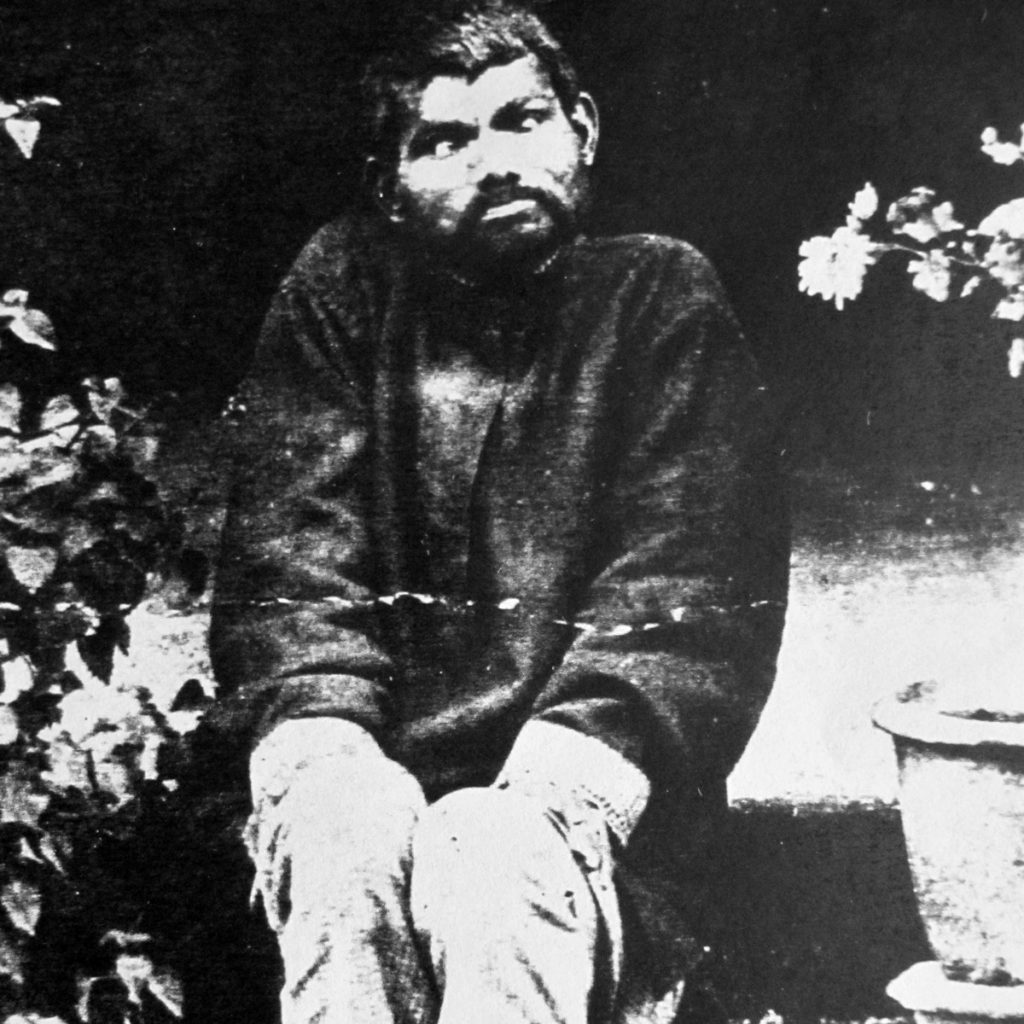“The earth is deep and its wisdom is great. Listen to the stones and listen to the wind. If everyone did anything for others, there would be no one in need in the world.
In the book “Neither wolf nor dog. Forgotten paths with a former Indian,” Kent Nerburn brings us the testimony and words of a Lakota Indian. Occasionally it is always worth remembering or revising these cultures so different from our own lifestyle.
- But you may wonder why.
- Perhaps because there is never more to know every day something new.
- Something that has to do with our nature as human beings.
- Sometimes.
- Without realizing it.
- We tend to be in a hurry with breakfast.
- To stick to obligations and concerns while we close.
- The windows to which it can give us oxygen and light.
- Which is really important.
The thinking of the Lakota Indians is rooted in the simple things they do for themselves, a true psychological legacy that deserves to be remembered, it is a kind of wisdom that can perfectly help us develop certain social and personal skills.
Active listening: the Lakota Indians used to say that the white man always did things right arguing, that they didn’t agree to learn. This is certainly an essential dimension in many perspectives of current psychology: active listening. “The Indians know silence. We’re not afraid of him. In fact, for us, it’s more powerful than words. Our elders grew up on the paths of silence and passed on that knowledge to us. Look, listen, then act, we were told. That’s the way to live.
Learning ability: keep an open mind, know how to observe, learn to adapt and survive. The Lakota Indians lived off nature and understood the need to learn every day, with their environment and their people, to progress in survival.
Respect was fundamental to them, so they never understood why the white man had never managed to have the same point of view. Look at the animals to see how they take care of their young. Look at the elders to see how they behave. Look at the white man to see what he wants. Always look first, with a calm heart and mind, and then you’ll learn. When you’ve watched enough, can you do anything about it?
Negotiation and conflict resolution: We have all read and even learned many guidelines written in hundreds of books on conflict resolution, articulated from various psychological perspectives, including the need to be actively listening, to empathize with others to understand their point of view, and affirm themselves enough to express their thoughts and needs aloud.
The Lakota Indians were also clear about it and tried to convey it to the white man: the need to listen, to be silent in order to understand each other.
“At your parties everyone tries to talk. At work there are always meetings where everyone interrupts everyone and everyone talks five, ten or a hundred times. And this is called “fixing a problem. ” When they’re in an environment and there’s silence, they’re nervous. They have to fill the spaces with sounds. Then they talk impulsively, before they know what they’re going to say. For Indians it’s disrespectful and even something very stupid. start talking, I won’t interrupt you, when you’re done I’ll make my decision about what you said, having understood your point of view.
The value of Lakota’s words was fundamental. For them they were seeds to plant and let grow, perhaps that is why they understood and remained as united as a people and as a family unit. Weird warnings? For white men, who never wanted to understand why their tranquility, their incomprehensible harmony and that primitive air intimately rooted in nature.
They may still seem strange and somewhat old-fashioned today, but their legacy is covered in great truths and simple teachings that deserve to be read and heard, silently and in ourselves.
To make us think?

